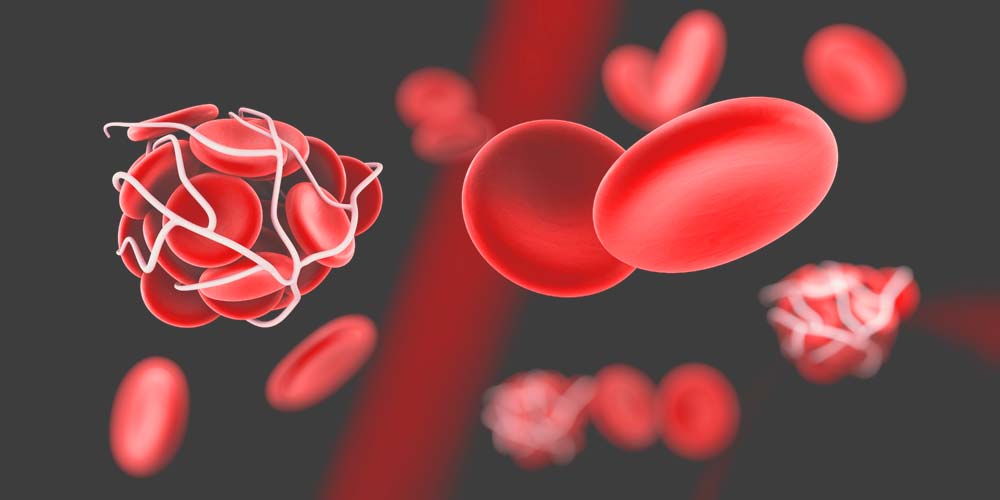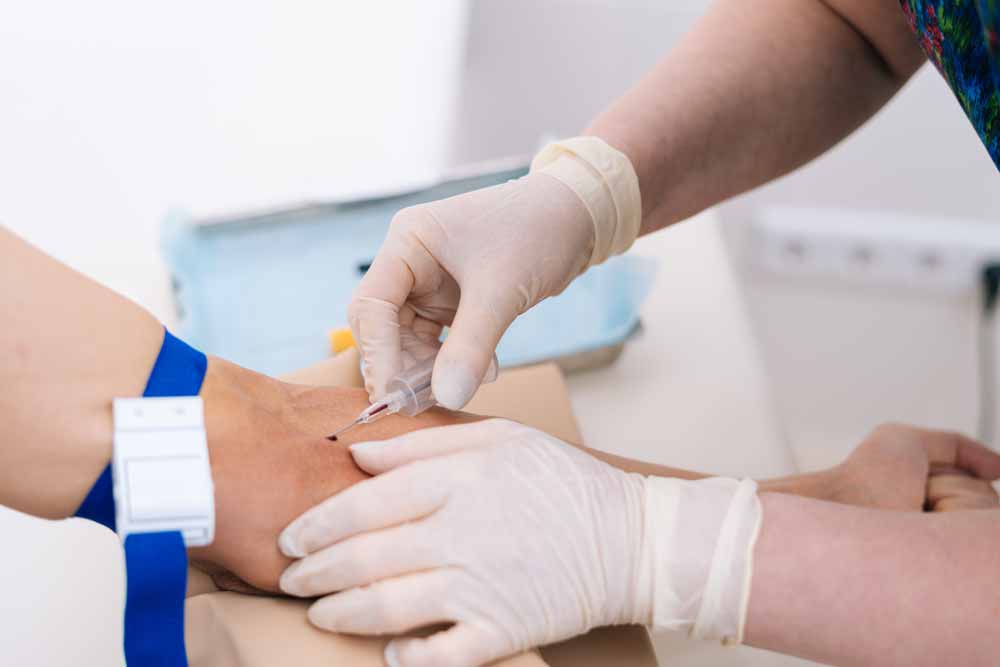4-Level Pulmonary Embolism Clinical Probability Score (4PEPS) online calculator

4-level clinical probability score (4PEPS) is intended to help ED physicians make decisions regarding patients suspected of PE.
NB! The timing of vital sign values was not formally assessed by this study; clinician judgment to assess which vital sign should be used for the 4PEPS score.
| Age (years) | <50 | -2 |
| 50-64 | -1 | |
| >64 | 0 | |
| Sex | Female | 0 |
| Male | +2 | |
| Chronic Respiratory Disease | No | 0 |
| Yes | -1 | |
| Heart Rate <80 | No | 0 |
| Yes | -1 | |
| Chest Pain AND Acute dyspnoea | No | 0 |
| Yes | +1 | |
| Current estrogen use | No | 0 |
| Yes | +2 | |
| Prior History of VTE | No | 0 |
| Yes | +2 | |
| Syncope | No | 0 |
| Yes | +2 | |
| Immobility within the last four weeks Surgery, lower limb plaster cast, or bedridden >3 days for acute medical condition within the last four weeks | No | 0 |
| Yes | +2 | |
| O2 saturation <95% | No | 0 |
| Yes | +3 | |
| Calf pain and/or unilateral lower limb edema | No | 0 |
| Yes | +3 | |
| PE is the most likely diagnosis | No | 0 |
| Yes | +5 |
Interpretation:
| 4PEPS Score for PE | Clinical probability of PE | PE diagnosis |
| <0 | Very low Clinical Pre-test Probability (<2%) | PE can be ruled out |
| 0-5 | Low Clinical Pre-test Probability (2-20%) | PE can be ruled out if D-dimer level <1.0 μg/mL |
| 6-12 | Moderate Clinical Pre-test Probability (20-65%) | PE can be ruled out if D-dimer level <0.5 μg/mL OR <(age x 0.01) μg/mL |
| ≥13 | High Clinical Pre-test Probability (>65%) | PE cannot be ruled out without imaging testing |
Register on our website right now to have access to more learning materials!
Subscribe to our pages:
Literature:
- Roy P, Friou E, Germeau B, et al. Derivation and Validation of a 4-Level Clinical Pretest Probability Score for Suspected Pulmonary Embolism to Safely Decrease Imaging Testing. JAMA Cardiol. 2021;6(6):669–677. doi:10.1001/jamacardio.2021.0064
- Roy P, Friou E, Germeau B, et al. Derivation and Validation of a 4-Level Clinical Pretest Probability Score for Suspected Pulmonary Embolism to Safely Decrease Imaging Testing. JAMA Cardiol. 2021;6(6):669–677. doi:10.1001/jamacardio.2021.0064
Interactive OSCE Checklist – Counseling a Patient with an increased INR level
PERC Rule for Pulmonary Embolism- online calculator
Rules out PE if no criteria are present and pre-test probability is ≤15%. The PERC…
Patient’s counseling with an increased INR level / OSCE guide
Opening the consultationWash your hands and don PPE if appropriateIntroduce yourself to the patient including…
DASH Prediction Score for Recurrent VTE
Predicts likelihood of recurrence of VTE. The DASH Score is meant to be applied to…
Khorana Risk Score for Venous Thromboembolism in Cancer Patients online calculator
Khorana Risk Score for Venous Thromboembolism in Cancer Patients predicts risk of VTE for cancer…
Revised Geneva Score, rGeneva online calculator
Scales for assessing the clinical probability of PE are used in stable patients (without shock,…










